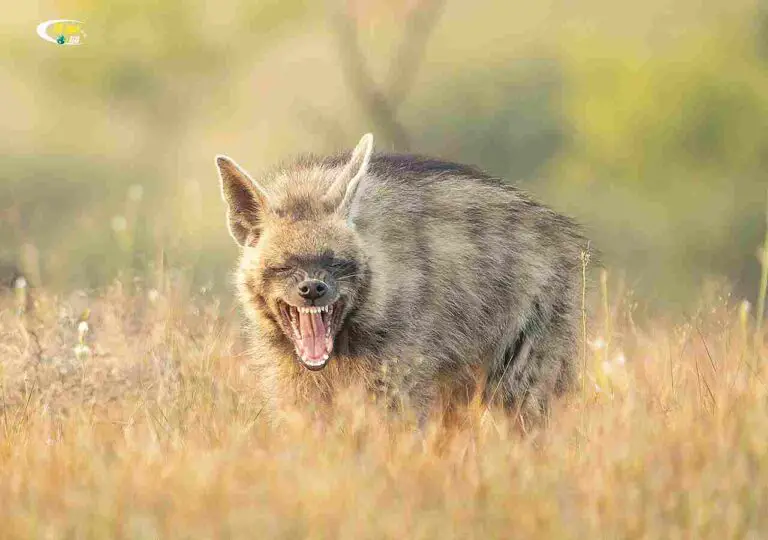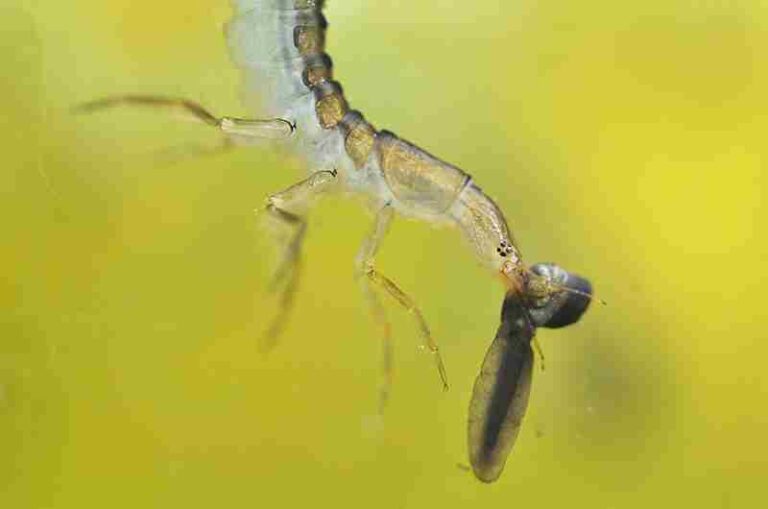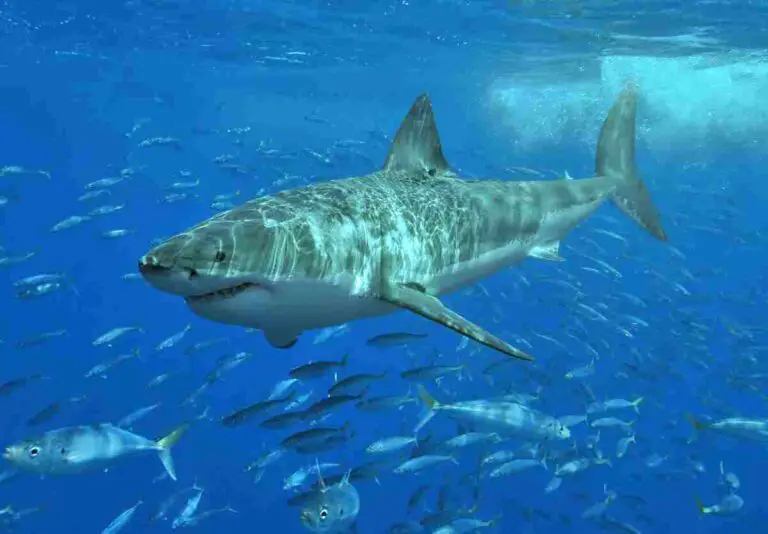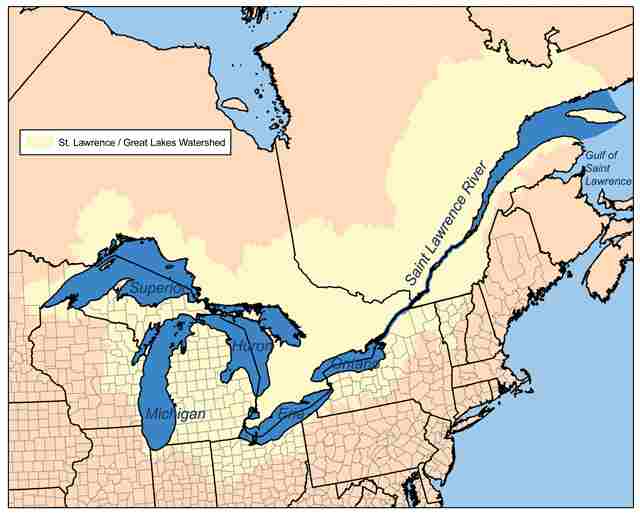5 Disadvantages of Cover Cropping Explained
Disadvantages of cover cropping are; intermediate implementation, additional cost, climate selectivity, unfavorable competition, and pest sheltering.
This article discusses the disadvantages of cover cropping, as follows;
1). Intermediate Implementation (as one of the Disadvantages of Cover Cropping)
In order to implement cover cropping, it is often necessary to divert significant amounts of time and labor from other activities on the farm [3].
Although cover cropping is itself a sustainable agricultural practice, such diversions of resources are not always in line with the aim of sustainability, especially as these resources (time, labor) are very important and could be used for cultivation of cash crops to fight socioeconomic challenges like hunger and food insecurity.
For this reason, it is common for cover cropping to be implemented as an intermediate activity, in-between other activities in an agricultural scheme.
An example is the planting of cover crops between cultivation of major cash crops in a crop rotation sequence. Such an approach is used in order to ensure that the most valuable time and labor resources are invested into food or cash crops, and livestock.
However, it is still often difficult to integrate cover cropping into agricultural schedules, for both small and large-scale projects.
Decision-making with regards to the right time and amount of labor to be used to manage cover crops, presents a challenge for many farmers. This challenge is magnified where cover cropping is to be implemented simultaneously with other practices, on a given land.
Examples of such combinations include the cultivation of cover crops in rows within a contour farming arrangement; and cover cropping in combination with conservation tillage.

2). Additional Cost
Various factors add to the cost of cover cropping.
Labor and time, which are both needed for the cultivation of cover crops, imply extra cost for farmers who wish to use such crops for erosion control and soil conservation.
Cover cropping requires a larger volume of seedlings per-acre than conventional planting, due to the need to achieve a dense, uniform coverage of the land area.
In addition to the cost of these seedlings, drilling of holes for planting is also often necessary in cover cropping [1], as a means of further protecting the soil through conservation tillage practices.
To facilitate rapid growth, fertilizer or compost may need to applied when cultivating cover crops. This implies cost of material and labor.
Other areas of expenditure include water supply (irrigation) and subsequent removal or extermination of cover crops.
Situational factors can further increase these expenses; such as soil type, fertility, degree of compaction, and climatic conditions of the area.

3). Climate Selectivity (as one of the Disadvantages of Cover Cropping)
Cover cropping is known to be an effective way to reverse some of environmental impacts of climate change.
The advantages of cover cropping include mitigation of environmental degradation and natural hazards through carbon sequestration, erosion control and nitrogen fixation, among others [5].
However, there may be climate-related challenges in the implementation of cover cropping, as a result of the selective nature of many cover crops with respect to climatic conditions.
This drawback can have significant consequences in the form of economic losses, in cases where large-scale cultivation of intolerant cover crop species is carried out.
Climate selectivity can have negative environmental consequences as well. Intolerant cover crops may die-off, leaving the soil exposed and vulnerable to erosion and desertification.
As these dead crops undergo biodegradation, they may release greenhouse gases like carbon dioxide and methane, which contribute to worsening the climate through global warming. Such a scenario reverses the sustainability role of cover crops, and makes them function as carbon sources, rather than sinks.
4). Unfavorable Competition
With regards to biological control, it is expected that cover crops will outgrow, out-compete, and therefore suppress, weeds on a farm [4].
However, in some cases, the dominant behavior of these cover crops becomes a problem to the survival of useful cash and food crops.
Typically, cover crops are only cultivated in-between rotations of cash crops, or on non-agricultural land where they can conserve soil without hindering the growth of useful species.
On farms, extremely resilient cover crops can become difficult to exterminate, and could grow along with cash crops, thereby acting as weeds that prevent growth of these crops.
In other cases, cover crops may not perform optimally in weed control and could co-habit with some resilient weeds, rather than exterminate them.
Lastly, the rapid growth characteristics of cover crops can place a strain on agricultural land, so that cash crops that are subsequently planted may lack access to some essential nutrients for their growth.
5). Pest Sheltering (as one of the Disadvantages of Cover Cropping)
Cover cropping has long been portrayed as a means by which farmers can reduce their dependence on chemical pesticides and herbicides.
In fact, cover crops can provide food and shelter to some natural enemies of farm pests, thereby reducing the chances of survival of these pests in the agricultural ecosystem [2].
However, there are cases in which cover crops may serve as shelter to the pests themselves.
Insect pests in particular, can live in, and feed on cover crops, thereby increasing in their population size, on the farm.
Their rapid growth and areal coverage can also make cover crops to act as vectors for some crop diseases.
Weeds may receive protection, and may benefit from moisture conservation and soil optimization causer by cover crops, for their own survival.
To prevent cover crops from facilitating agricultural problems, care must be taken in their selection and cultivation. Historical and current conditions of the farm must also be taken into account.
Conclusion
Disadvantages of cover cropping are;
1. Intermediate Implementation
2. Additional Cost
3. Climate Selectivity
4. Unfavorable Competition
5. Pest Sheltering
References
1). Aime, R.; Noh, E.; Bridges, W. C.; Narayanan, S. (2021). “A Comparison of Drill and Broadcast Planting Methods for Biomass Production of Two Legume Cover Crops.” Agronomy 12(1):79. Available at: https://doi.org/10.3390/agronomy12010079. (Accessed 27 October 2022).
2). Bowers, C.; Toews, M.; Liu, Y.; Schmidt, J. M. (2019). “Cover crops improve early season natural enemy recruitment and pest management in cotton production.” Biological Control 141:104149. Available at: https://doi.org/10.1016/j.biocontrol.2019.104149. (Accessed 27 October 2022).
3). Clay, L.; Perkins, K.; Motallebi, M.; Plastina, A.; Famaha, B. S. (2020). “The Perceived Benefits, Challenges, and Environmental Effects of Cover Crop Implementation in South Carolina.” Agriculture 10(9):372. Available at: https://doi.org/10.3390/agriculture10090372. (Accessed 27 October 2022).
4). Hutchinson, C. M.; McGiffen, M. (2000). “Cowpea Cover Crop Mulch for Weed Control in Desert Pepper Production.” HortScience: a publication of the American Society for Horticultural Science 35(2):196-198. Available at: https://doi.org/10.21273/HORTSCI.35.2.196. (Accessed 27 October 2022).
5). Repullo, M. A.; Garcia, M. M.; Ordóñez-Fernández, R.; Rodríguez-Lizana, A.; Cárceles, B.; García-Tejero, I. F.; Zuazo, V. H.; Carbonell-Bojollo, R. (2021). “Cover Crop Contributions to Improve the Soil Nitrogen and Carbon Sequestration in Almond Orchards (SW Spain).” Agronomy 11((2)):387. Available at: https://doi.org/10.3390/agronomy11020387. (Accessed 27 October 2022).





